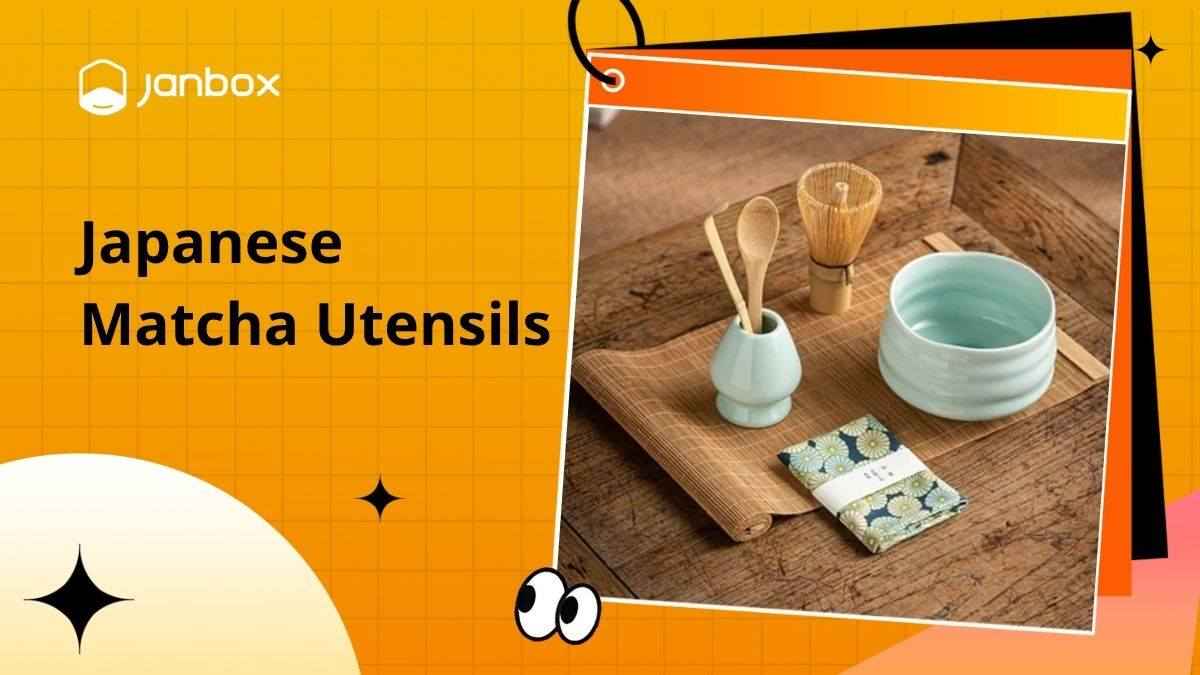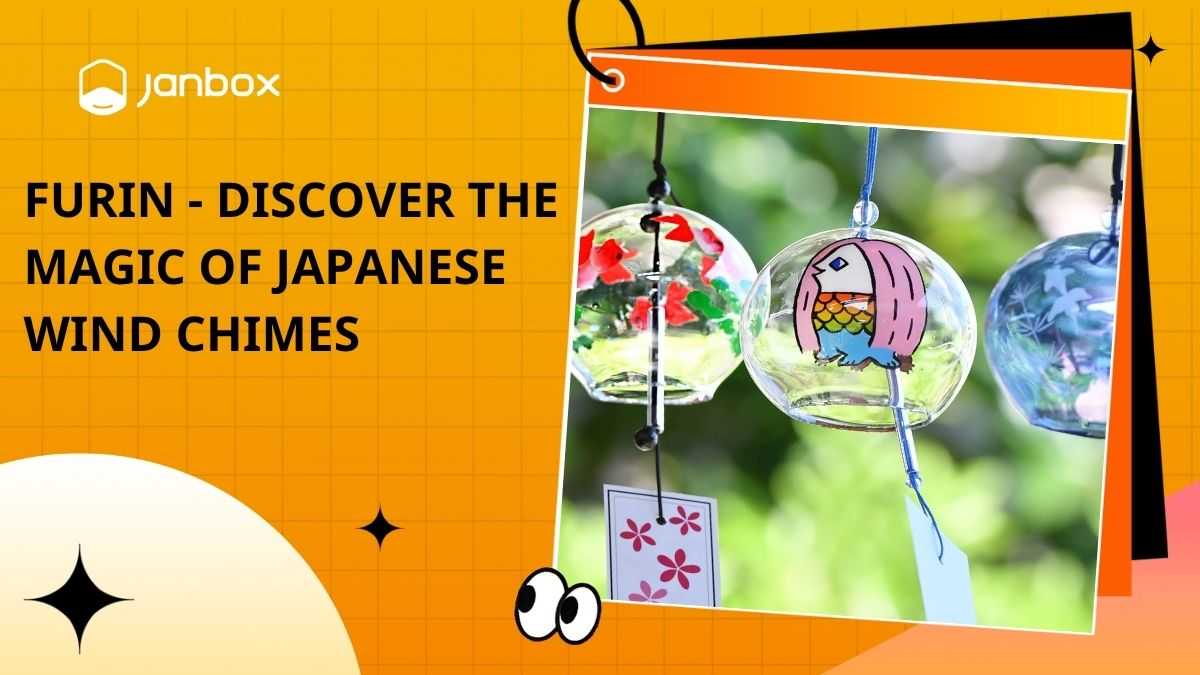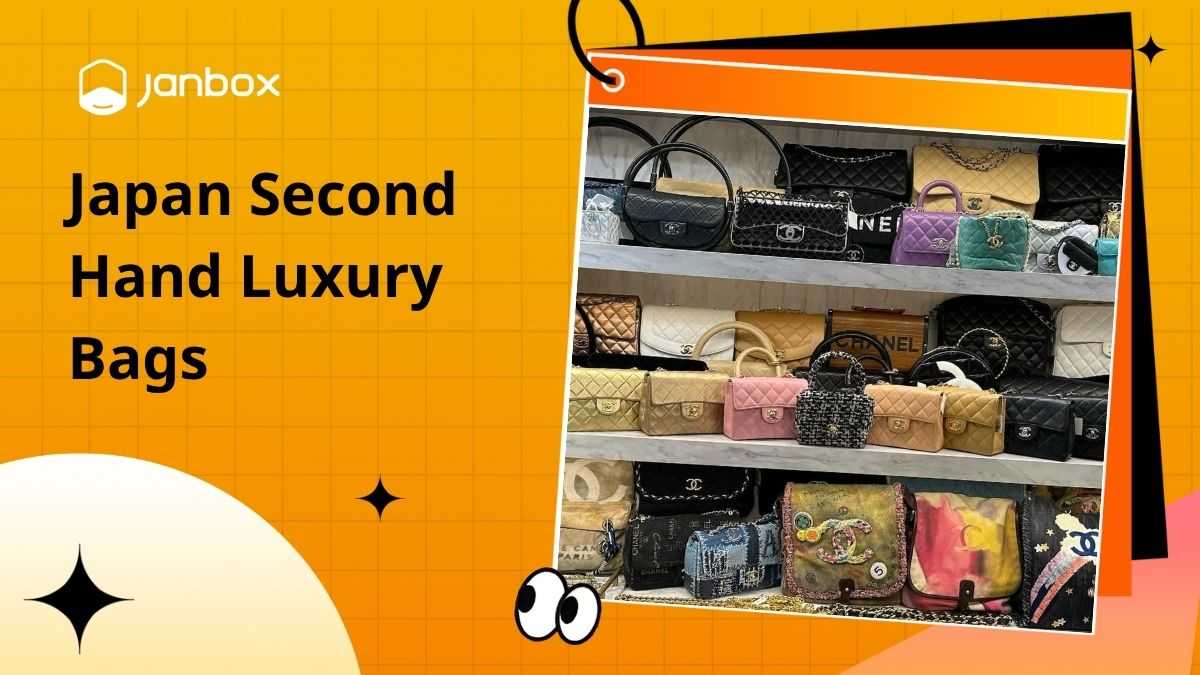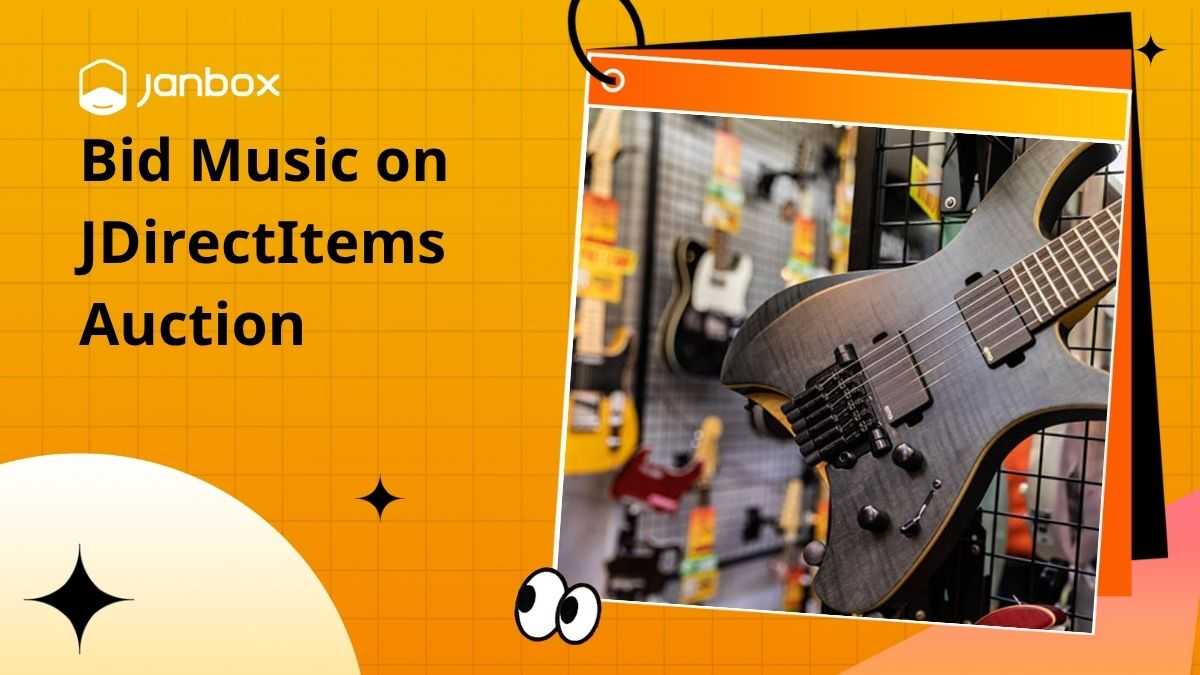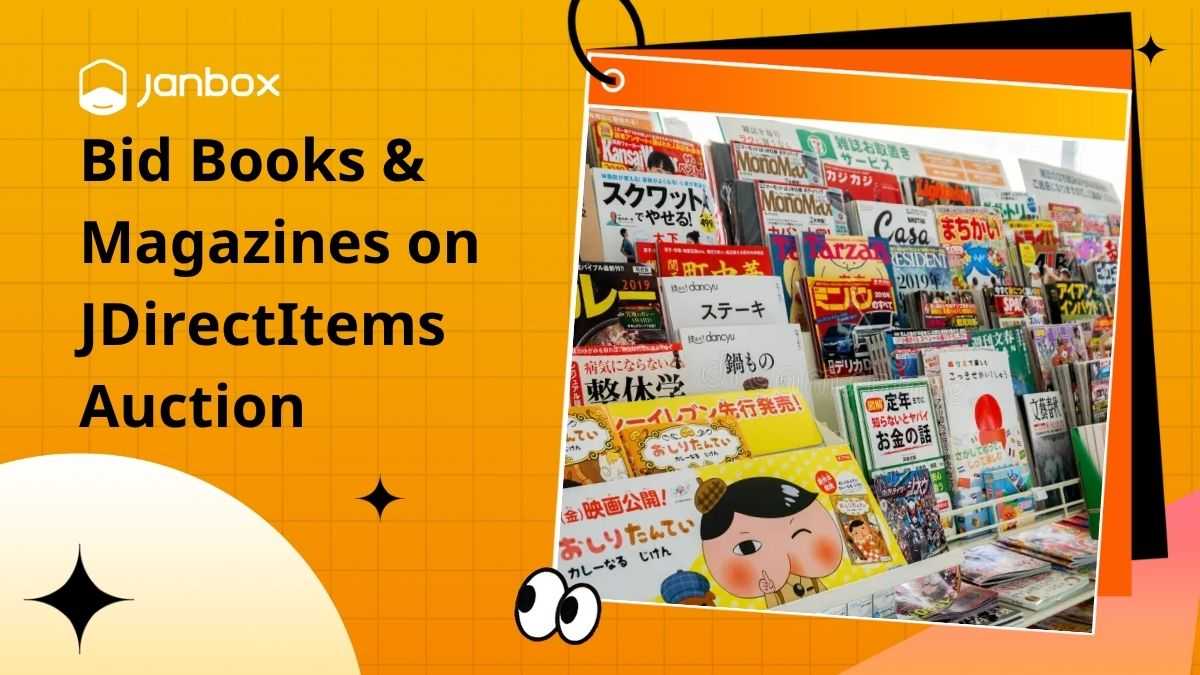Japan has significantly contributed to a variety of fashion styles that have had a big impact on people all around the world. They gave these fashion trends names that were entirely unique and unheard of when the renowned Harajuku fashion initially emerged. However, during the years that followed, Visual Kei fashion is one of these “new and unheard-of” fashion trends that peaked and spread across several continents, where they were wholesomely accepted by a variety of cultures and ethnicities.
I. The Visual Kei Fashion’s Definition
One of the most well-known subcultures to emerge in Japan in the 1980s is this Visual Kei Fashion. What is Visual Kei Fashion? Although the term “Visual Kei” can be interpreted differently depending on who you ask because some refer to it as a type of music, for others, it refers to a certain way of wearing, which includes huge hair, studded belts, and high-heeled leather boots but more on that later. The term “Visual Kei style” was used by the band X Japan to describe their style, and it was thought that they were the creators of this genre.
Many Japanese bands of the same name genre supported and popularized this movement. Because band members frequently stand out on stage or in a crowd, the phrase “visual” pretty much refers to it in every respect, from the extravagant way of dressing to the wild hair and the heavy makeup.

This Japanese visual kei fashion is the equivalent of Western glam rock in Japan, but it also clearly combines punk rock, heavy metal, and glam rock. Visual kei is frequently so recognizable that you can spot and recognize it from a distance.
Although contemporary visual kei fashion may not sound or look much like those of the 1980s, the genre is nonetheless thriving as a venue for loose, carefree self-expression. It is a place to try out different roles, appearances, and noises without being concerned about how other people would react. As a result, it has a sizable international fan base, with artists from Sweden and other European nations identifying with the genre.
II. History of Visual Kei Fashion
In the midst of the 1980s, bands like Seikima-II, X JAPAN, D’ERLANGER, and COLOR contributed to the development of the visual kei subgenre. The first wave of bands was heavily influenced by the rock n roll, glam metal, and gothic-rock movements, which placed a strong emphasis on shocking visuals. Visual kei fashion was frequently accomplished through elaborate stage performances, odd hairstyles, and flamboyant clothing, which later came to define the movement as a whole.
The middle of the 1990s saw the peak of the band boom. The majority of the decade’s notable bands made noteworthy debuts, while independent labels and artists (mostly FREE-WILL and its subsidiaries) started to gain public attention. Visual kei TV series like Break Out (which showcased independent bands) and Hot Wave contributed to the rise in popularity of numerous bands, and well-known musicians started to appear on well-liked variety shows.

Visual kei fashion amassed sizable international fans and those with an interest in Japanese culture in the middle of the 2000s. It has been said that the visual kei genre was in transition from the end of the 2000s to the 2010s. While major bands maintained their status, the independent sector witnessed a sharp decline in interest, which caused many artists to stop performing. Additionally suspended were well-known visual kei publications such as Zy, FOOL’S MATE, and Neo Genesis.
>>> Read more: What is cosplay anime? Essential accessories when cosplaying
III. Basics of Style
Visual kei fashion may be quite varied and lacks any real guidelines or even brands because it is based on what many bands have worn throughout the years. Although David Bowie’s androgynous looks, frequently referred to as Kote Kote Kei, are the most popular visual kei looks, other styles have gained popularity throughout time.

1. Color palettes
Darker color palettes including blacks, greys, deep reds, blues, and purples are typically found in visual kei. However, some outfits, particularly more feminine ones, might also use lighter color schemes. Although neons and other vibrant hues and patterns are also utilized, visual kei fashion style is best known for its use of more monochromatic hues.
2. Clothing
There are many different visual kei subgenres, which means that a wide variety of apparel can be worn in the style. Dark lace, cobweb textiles, skulls, crowns, crosses, and other eerie designs and fabrics will be employed in more gothic interpretations of the fashion. Expensive ball gowns may be part of more opulent, French rococo-inspired styles. Plaid skirts or tops with plaid patches, striped tops, or ripped jeans with belts and buckles are examples of punk fashion.
Even a more subdued form of visual kei exists, emphasizing graphic t-shirts and trousers with the occasional sweater, vest, or frock coat. The final polished-yet-distressed appearance is what unifies all visual kei genres. Despite the fact that visual kei fashion frequently uses “misplaced” or “torn” pieces, the overall appearance is still deliberate and orderly rather than unkempt.
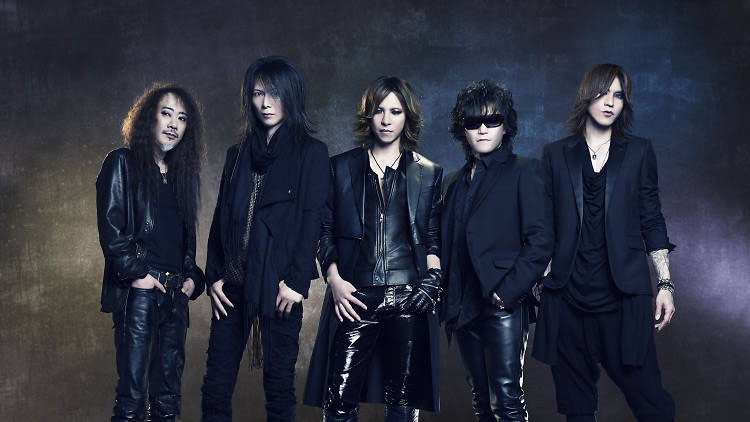
3. Accessories
The variety of accessories in visual kei fashion matches that of fashion. Biker chains, arm warmers, cuffs, and studded bracelets are a few trendy accessories. Many different types of piercings are also popular among those who wear the look.
4. Shoes
The variety of shoes has returned. Common fashions include winklepickers, platform boots, Doc Martens, the classic creeper, and engineer boots.
5. Hairstyles
Visual kei fashion is well known for its emphasis on big haircuts among many fashion subgenres. The classic look, which features densely layered, teased hair on top of the head that has been ironed straight, is present in nearly all visual kei coordinates. Bright synthetic colors are the most popular looks, although less complex hues like silver, ash blond, dark brown, and black are equally prevalent.
6. Makeup
Visual kei fashion is known for its intense makeup looks, yet makeup is not supposed to be overpowering. Dark makeup is typically concentrated around the eyes, with light makeup applied to the entire face, such as foundation. In visual kei fashion, cosmetics are used by both men and women, and a look is rarely complete without them. White Shironuri-like makeup is worn to greater degrees by some substyles, but this is not necessary nor universal across all styles.
IV. Famous Japanese Visual Kei Bands
The genre encompasses pop, classical, and even electronic music in addition to Glam rock and rock music in general. X Japan, Color, Buck-tick, and D’erlanger are examples of first-generation Japanese visual kei fashion brands. Although X Japan and Buck-tick were known and presented to the mainstream at the time and both were tremendous economic successes, they were at the time becoming more famous in the underground scene. Many bands followed these leaders, some of which are still well-known among J-rock fans today.

Early in the 1990s, bands like L’Arc’enCiel and Glay were also prominent in the Visual kei movement, though these two bands ultimately scaled back their visibility after breaking into the mainstream. At the same time as the two bands listed above, another band called Malice Mizer rose to fame. However, they were highly influenced by classical and French music and donned elegant clothes with traditional European (French Rococo) motifs. They were the ones who invented the Tanbi Kei subgenre of Visual kei fashion.
V. Subgenres of Visual Kei Fashion
1. Iryou Kei

Iryou Kei, one of the types of Visual Kei in Japanese music, is distinguished by the incorporation of elements of medical gear into the bands’ appearance, such as eyepatch or lab coats. Musicians don nurse and doctor costumes. Clothing is frequently marked with blood-like red paint. This aggressive, horrific style makes the band members appear to be psychotic killers; hospital features add to the psychedelic ambiance.
Musicians frequently refer to themselves as “hospitals,” their fans as “patients,” and they “treat with their music” rather than as bands (sometimes they need the treatment themselves – greetings to Taa). Band members may also have their own specialties (head of the hospital, pediatrist, and such).
2. Lolita Kei

This is a delicate, flowery substyle of Visual Kei fashion that is occasionally also referred to as Fairy Kei. It seems as though Mary Poppins and steampunk came together to form their own fashion craze. Expect the unexpected from Lolita Kei, whose music is heavily influenced by goth rock and classic theater. Because Lolita Kei is an androgynous fashion brand in, both men and women may expect lacy pleated shirts and elaborate jewelry.
For a Lolita Kei ensemble, women should start with a frilly layered skirt like this one, and for men, a ruffled pirate shirt from the Middle Ages is a perfect place to start. A great choker necklace will complete the look, so don’t forget about it.
3. Kurofuku Kei
It belongs to the visual kei fashion subgenre. Kurofuku, the name for the brand of garments, literally translates as “clothing in black.” Kurofuku Kei is a term used to describe the Visual Kei aesthetic since the word “Kurofuku” alone is a reference to formal black clothes. The usage of black, though other dark hues can also be employed, is the key feature of this look. Edgy boots and occasionally fur accessories are other common pairings. Bright colors are not frequently utilized, though white is an option.

Apart from the colors, the term “Kurofuku Kei” has very little definition in contemporary culture, yet sharp black suits are frequently used to describe the look. In terms of cosmetics and hair, the look is exquisite overall and may be seen as more straightforward than other Visual Kei looks.
4. Eroguro Kei

Eroguro is a combination of the two terms Ero, which means grotesque, and Guro, which indicates erotic. It suggests that the focus of this particular substyle is horror or something horrifying with a blood-and-guts motif. This design is centered on all things hideous and was inspired by and influenced by horror films from the 1920s and 1930s.
As one of the most specialized substyles, Eroguro Kei is arguably the least well-known. The key to successfully executing the Eroguro Kei look is to use props and accessories, such as dramatic hats, extravagant clothing, and floor-length coats with exquisite details.
5. Casual Visual Kei

The visual kei style has a substyle called casual visual kei that gives a more usable, regular version of the aesthetic. Any informal version of a visual kei costume is referred to as casual visual kei, which is a general phrase. Casual coordination could be as simple as a visual kei t-shirt and jeans or it could be a more simplified visual kei ensemble.
You should keep adding more and more accessories, such as arm warmers, scarves, earrings, and buckles until you get the desired appearance down pat. The band Alice Nine is a good example of a casual visual kei costume because they frequently don this look.
6. Kote Kote Kei
The Kote Kei or Kote Kote Kei phrase can be used to designate early band styles that are regarded as “classics” in visual kei circles in terms of fashion. However, there are certain commonalities, such as big haircuts that are frequently colored brightly, black attire, punk-styled outfits, and enamel pins and spikes. Dark colors, roses, crosses, and blood is common fashion themes that are elaborately adorned. Better still if it’s strange or decadent.

Men and women alike really prefer corsets and tights, as well as anything made of vinyl or leather, as well as oversized platform shoes and extremely heavy makeup. Hairstyles are frequently stunning and excessive, and face makeup is kept light while emphasizing the eyes and lips with dark, dramatic hues.
7. Tanbi Kei
Tanbi Kei, which translates to “Aesthetical Style,” can refer to any aesthetic, despite the fact that the style primarily emphasizes a specific, European aesthetic. Fashion from the Baroque, Victorian, and Rococo eras, as well as other classical European fashion movements, are major influences on Tanbi Kei trends. The renowned band Malice Mizer is credited with developing the look. The look emphasizes romance and visually appealing clothing with a strong element of monarchy and elegance.

The attire of this style is heavily influenced by lolita trends. Clothing typically has an aura of refinement and a look of royalty and closely reflects period outfits. Typically, the outfits are very intricate. Tanbi Kei makeup aims to provide a lovely image by frequently combining extravagant costumes with excessive amounts of makeup, bonnets and hair bows, and vibrant lipstick, among other accessories. It is one of the most well-liked visual kei fashions among cosplayers due to its distinctive look.
8. Nagoya Kei

Nagoya Kei is exactly what it sounds like. a fashion that has its roots in Nagoya, the main city in the Chubu area. This style is one of the most distinctive and well-known in the Visual Kei subculture, along with Oshare Kei. The predominant black and white and other gloomy hues dominate the color palette of the style. It is comparable to American “Goth” fashion.
9. Angura Kei
Angura Kei is slang for subterranean fashion. This subgenre is recognized for expressing ideas about Japanese culture, tradition, and ideals, particularly in the context of music. This style is quite similar to the original Visual Kei, but kimonos and other traditional Japanese clothing are heavily included.

Black predominates in color schemes, while other hues are occasionally included. White face makeup with dark eye and lip makeup is a prevalent theme, however, it is not needed. The predominant hair color and style are either striking hues like brilliant red or blue, or a traditional style in a clearly non-traditional color. In addition to more contemporary, edgy embellishments like spikes and chains, traditional Japanese floral arrangements worn in the hair are also very fashionable. Sometimes people wear knee-high leather boots, and other times they wear traditional Japanese shoes.
10. Oshare Kei
The word “Oshare,” which is Arabic for fashionable or stylish, accurately describes this look. This is one of Visual Kei’s newest and best-defined subgenres; it first appeared in the early 2000s alongside the global preoccupation with pop music. Oshare Kei is known for her vibrant, upbeat clothing, as well as her colorful contacts, little makeup, and dramatic eyeliner.

The clothing worn by Oshare Kei is frequently very flamboyant, with a ton of frills and clashing hues and patterns. Both men and women love to dress in hot pink and other vivid hues. Keep it light and pastel since Oshare Kei is all about happy colors. Try a tie-dye shirt like this one for women, and check out this incredible iridescent vest for men. Use a colorful scarf and starry rings as accessories.
VI. Some Famous Names of Visual Kei Fashion Brands
There are certain brands that have gained significant recognition as visual kei fashion brands or those who offer mostly clothing that fits the aesthetic, despite the fact that Visual Kei does not have any official brands linked with the aesthetic.
- Sex Pot Revenge
- h.Naoto
- Algonquins
- Hot Topic
However, you can now purchase products associated with it through visual kei clothing sites from anywhere in the world. You will be able to select the clothing or accessories that are worthwhile thanks to the range of designs and affordable pricing.
Conclusion
Street Visual Kei fashion is undoubtedly one of Japan’s most iconic subcultures and fashion statements that attracted attention from around the world. Although visual kei fashion is not as well-known as it once was in the 1980s and 1990s, it is still one of the most sought-after trends in Japan today, and you can still see people wearing this look, particularly in the Harajuku streets.
Website: https://janbox.com
Email: [email protected]



